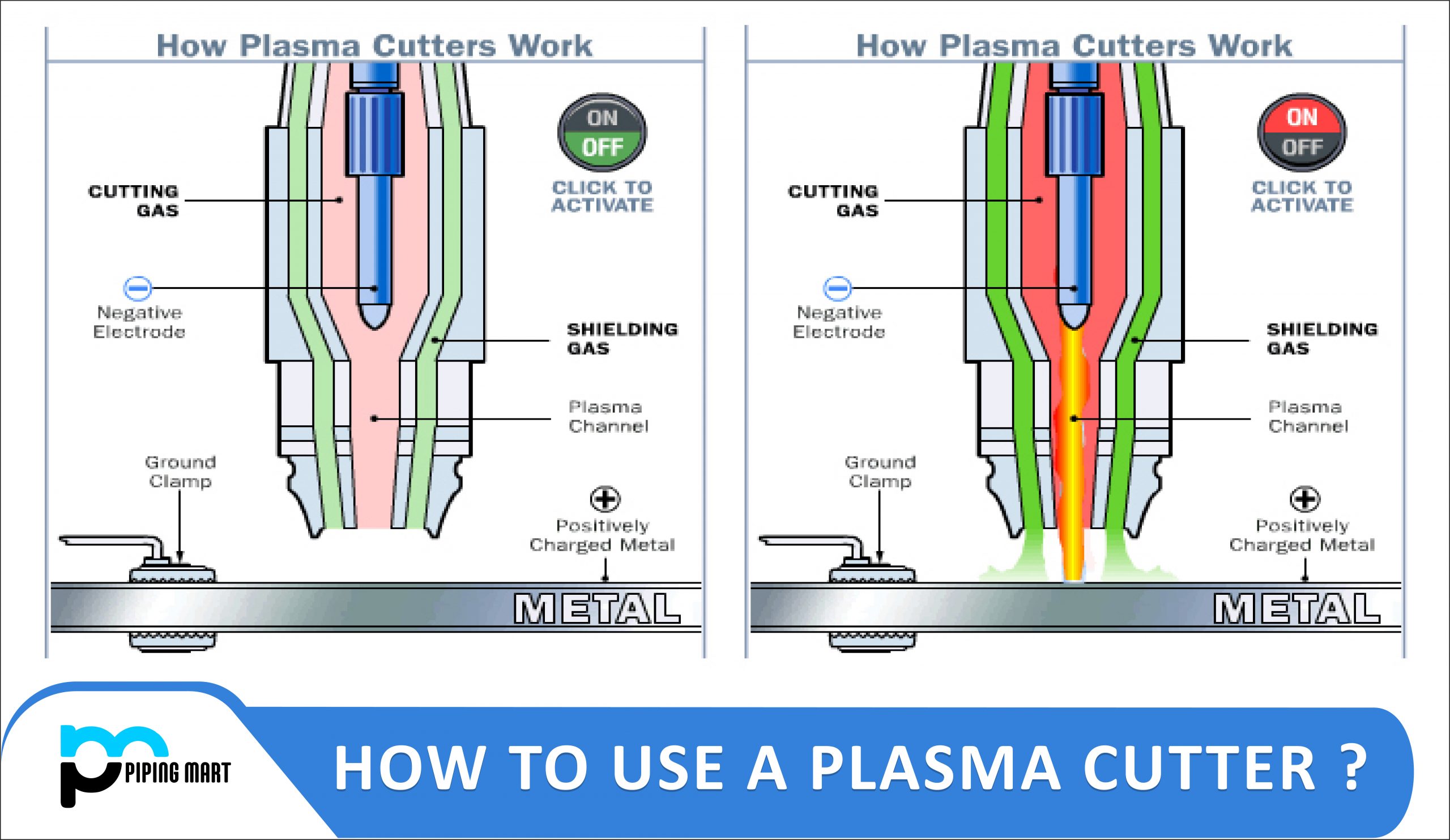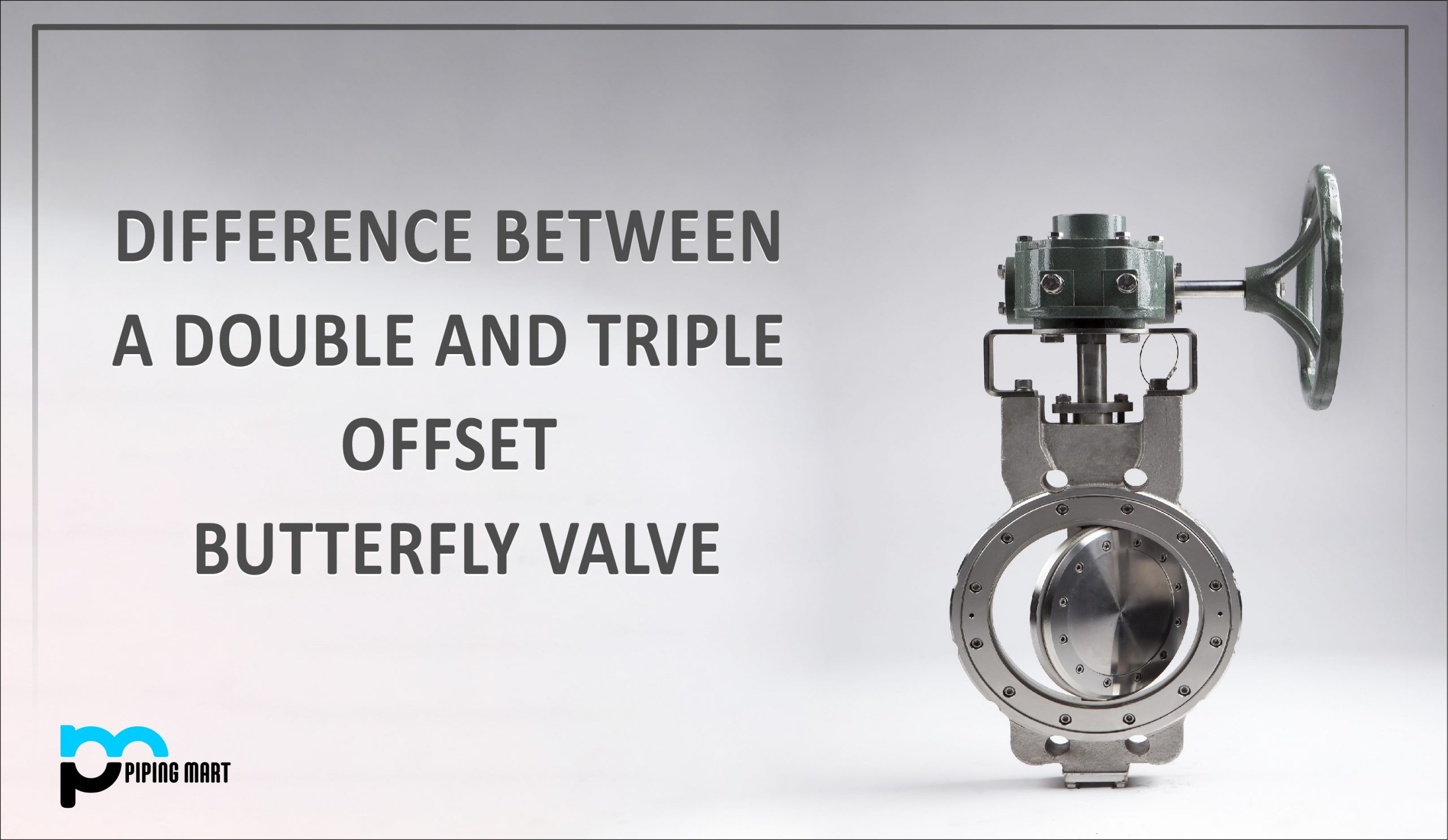A plasma cutter is a machine that assists in the cutting of metal. Electricity is necessary to generate the plasma and arc required for cutting. The functioning of a plasma cutter is simple.
The following are the steps for utilizing a Normal Plasma Cutter:
- Attach the plasma cutter to an appropriate air compressor.
- Connect the machine to a 240V or 415V power source, depending on the cutter’s specifications.
- Connect the earth’s lead to your workpiece.
- After that, attach the plasma cutting torch to the machine.
- Adjust the cutting amperage based on the thickness of the material.
- Finally, turn on the torch handle and move it across the workpiece to get the required cut profile.
CNC Plasma Cutting
A CNC plasma cutting system is a machine equipped with a plasma torch that is controlled by a computer. The name “CNC” stands for “Computer Numerical Control,” and it denotes that motion is controlled by numerical codes entered into a computer system. CNC plasma cutting equipment, as compared to portable manual plasma cutters, is utilized for complicated geometries and essential projects that require clean, sharp, and high-quality cuts.
There are typically three major designs of CNC plasma cutting, depending on the material types and flexibility of the cutting head. They are as follows:
- 2-Dimensional / 2-Axis Plasma Cutting: The most basic type of CNC plasma cutting creates flat profiles with cut edges that are 90 degrees to the material surface.
- 3-Dimensional / 3+ Axis Plasma Cutting: CNC plasma cutting is a complicated technique for generating flat profiles with cut edges at any angle.
- Tube and Section Plasma Cutting: Used for the processing of pipe, tube, and any other form of long sections.
Plasma Cutting Benefits
Plasma cutting is one of the most effective ways to cut conductive metals and alloys. The following are the primary benefits of plasma cutting:
- The ability to cut high-quality material up to 150 mm thick.
- The cost is relatively low, resulting in a cost-effective option.
- Plasma cutting can readily handle curves, unusual shapes, and even overlapping cuts.
- This is a rapid and efficient process.
- Can cut in water, resulting in a decreased HAZ. Reduces noise levels as well.
- Versatile and suitable for a wide range of conductive materials.
- The most effective method for cutting medium-thickness is stainless steel and aluminum.
- CNC plasma cutters with excellent accuracy and repeatability are offered.
- Cutting kerf is reduced as compared to flame cutting.
Plasma Cutting Limitations
However, there are several drawbacks to plasma cutting, which are listed below:
- Noisy operation.
- Only conductive materials can be used.
- It is not suitable for thicknesses of more than 150 mm. It does not attain the same thickness as water jet or flame cutting.
- The bright flashes produced by plasma cutting have a harmful influence on human eyes.
- The quality of thinner sheets and plates is not as excellent as laser cutting.
- High power consumption.

Pipingmart is B2B portal specializes in industrial, metal and piping products. Also, share latest information and news related to products, materials and different types grades to help business dealing in this industry.




